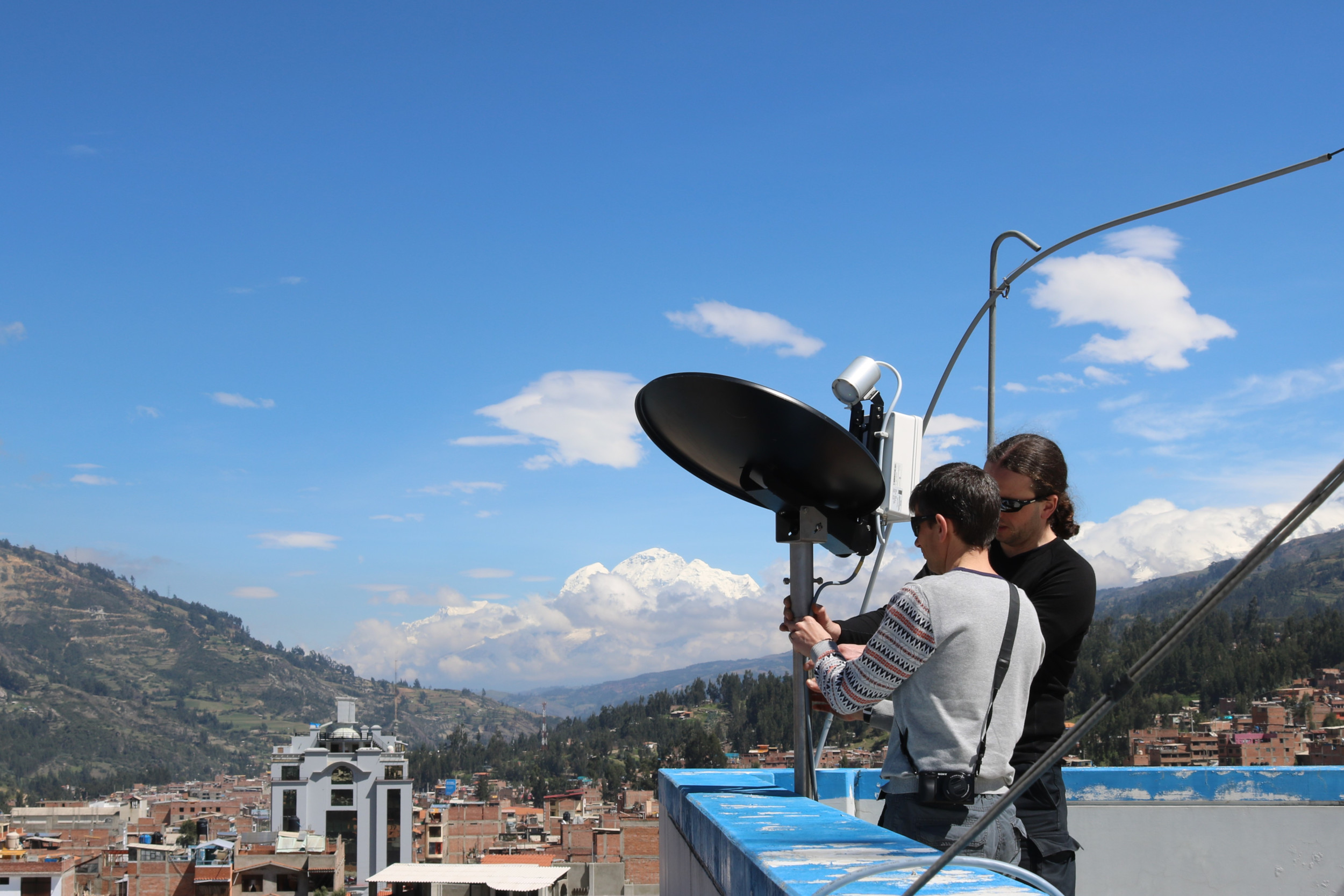Agua Futuro
Integrated Water Resources Modeling: Future Risks and Adaptation Strategies – a case study in the Andes of Peru
Climate change and water risks
Water resources in high mountains play a fundamental role for societies and ecosystems. A growing number of studies assesses recent and future impacts in snow and ice related river runoff due to climate change and socioeconomic shifts in major mountain ranges and adjacent downstream areas. In parallel, scholars, engineers and decision-makers have come up with adaptation strategies to reduce existing and projected water supply-demand deficits. The recently published 5th Assessment Report of the IPCC has emphasized the fundamental importance of the risk-adaptation nexus for the development of adaptation strategies to reduce and manage future climate risks. However, comprehensive analyses of risks related to water resources considering climate change within multi-dimensional drivers across different scales are complex and often missing in climate sensitive mountain regions where data scarcity represents important limitations.


Integrating hydro-climatic and socioeconomic data
This collaborative project will address this challenge by combining internationally leading expertise from geographical (GIUZ, University of Zurich), hydrological (IWS, University of Stuttgart) and social sciences (ZIRIUS, University of Stuttgart). This research, conducted in strong collaboration with local partners, focuses on the highly glaciated Santa and Vilcanota river basins in Peru, extending from the Andes to dry coastal downstream areas where water risks are of highest relevance. It proposes the coupling of hydro-climatic (water supply) and socioeconomic (water demand) data in an integrated water balance modelling framework, as a basis to develop scenarios for the future with local stakeholders, and iteratively analyse water risks and adaptation strategies based on the IPCC and IRGC risk governance frameworks.
An innovative approach in a data-scarce region
The project addresses several key scientific gaps related to the analysis of current and future water risks in data-scarce mountain regions. The innovation of the approach lies in the combination of climate spatio-temporal interpolation and downscaling methods, participatory scenario development, new applications of integrated hydrological modeling, and stakeholder borne analysis and evaluation of risks and adaptation options. Methodologies and conceptual approaches can be transferred to other regions with similar water risks and sparse data.

Integrated hydrological simulation in the Santa River Basin (in Spanish)
– Policy brief for decision-makers
– Extended version for specialists
Characterization of the precipitation patters in Huaraz (in Spanish)
– Policy brief for decision-makers
– Extended version for specialists
Introduction to the micro radar rainfall (MRR) to assess precipitation in the Andes (Spanish)
AguaFuturo Closing Workshop (Spanish)
